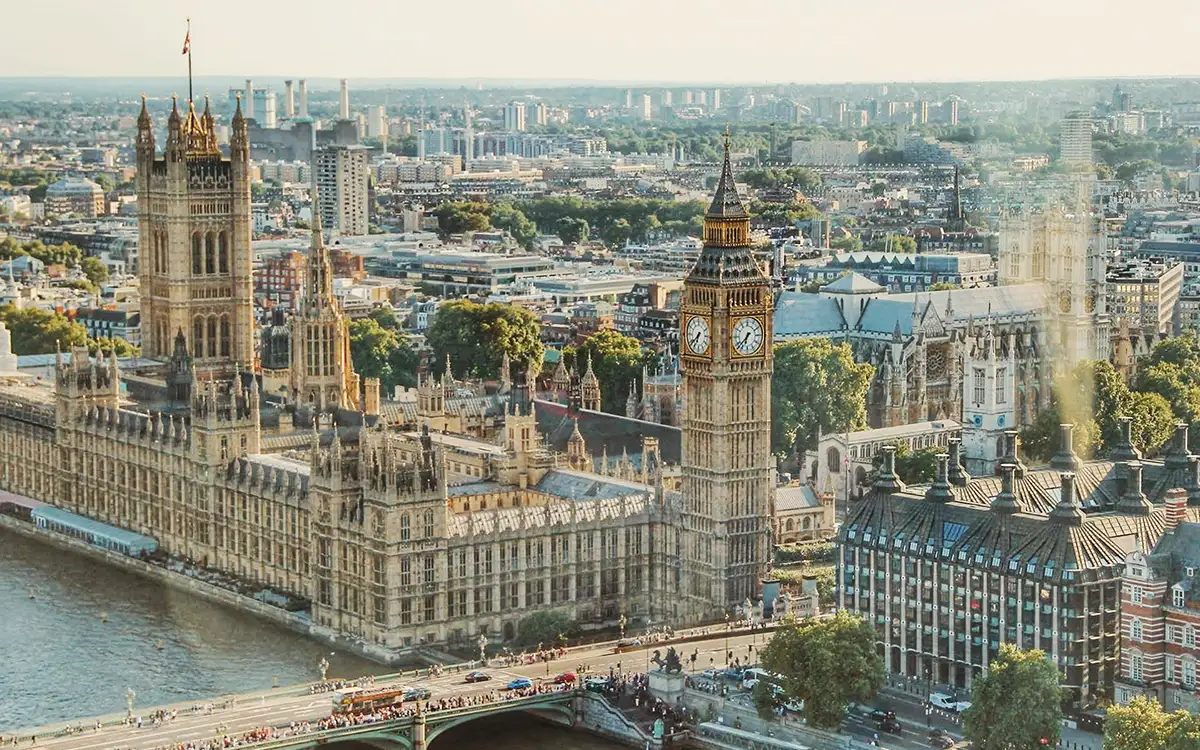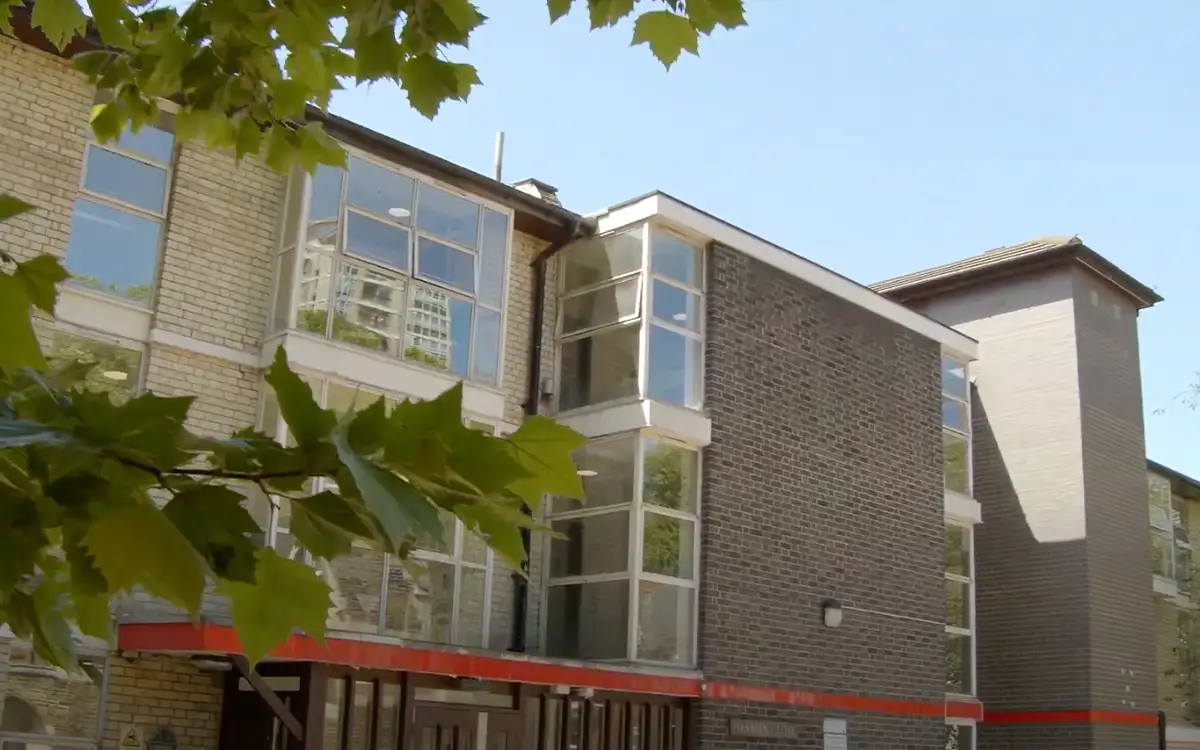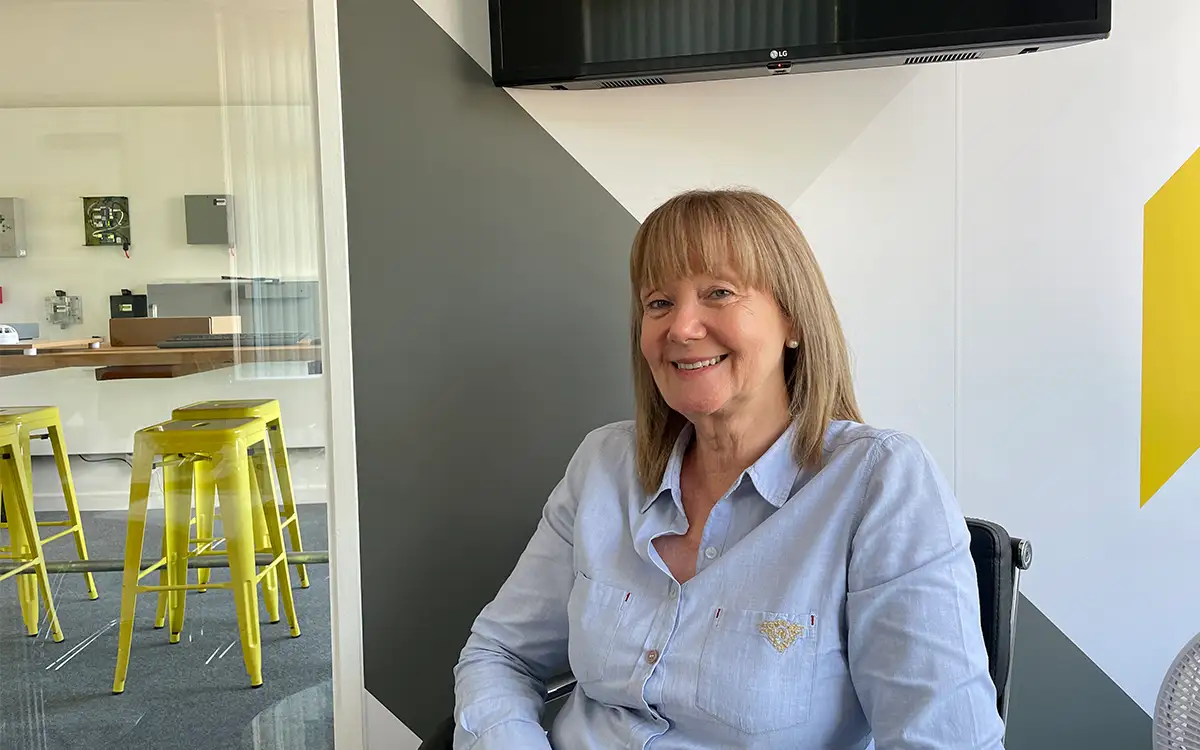Chris is a public policy advisor specialising in education and building safety who recently authored The Plain Guide to the Building Safety Act 2022. He regularly speaks at building safety events and conducts in-house training for major companies. As a director at Triple A Solutions, he collaborates with Elspeth Grant to promote Personal Emergency Evacuation Plans for disabled residents. Having taught and lectured globally, Chris still teaches poetry in primary schools and politics in secondary schools.
In November 2023, Chris presented a webinar for Fireco where he answered questions relating to the Building Safety Act, whilst adding his thoughts on opportunities for training and for young people within the industry.

Chris Waterman
The Building Safety Act is principally about new buildings, what will be the impact on existing buildings?
Well, in fact, it covers both. Of course, everyone is focused on getting their new buildings through the gateways that the Act stipulates, but if I can use RAAC as an example, there will be many buildings – and we’re not sure about the extent of RAAC – that have not been maintained properly, and I think that those Responsible Persons will have to look very hard at how existing buildings have been maintained.
So I think it’s not just a wake-up call for new buildings, but going back to existing buildings, I think the design life of buildings built with RAAC were as short as thirty years, and the buildings are still in full use.
Will implementing the Building Safety Act lead to more expensive buildings?
I think the answer is yes. The problem is that when there is a critical shortage of housing, on one level, the last thing we need is more bureaucracy, more regulation, and more expense. I’ve heard that £144 an hour is the charge for a Building Safety Case discussion with the regulator. So, I think costs will inevitably go up because everyone in the industry will have to deliver at a higher quality but will also have to keep track of building information, and that in itself will be a cost.
I think I should say that there are plenty of brilliant builders, providers and developers within the industry, and it’s a shame that – and this goes back to ‘hard cases make bad law’ – because of the enormity of the tragedy at Grenfell, it really exposed some of the shoddy building that’s about, and inevitably everybody will have to now spend time, energy and money on making sure that they can deliver in terms of the new regulations.
How tough do you think the Building Safety Regulator will be?
My feeling, and of course we don’t know yet, is that the Building Safety Regulator will come down very hard in a few cases in order to make it clear that they mean business. I’m not sure who they will choose, but certainly, and we’ve seen, in addition to the Regulator, some massive fines being handed down. There was one, I think, of nearly half a million pounds for not registering a multi-occupied building.
So I think there is an awareness on the part of the Regulator, and also on the part of the courts, that some examples need to be set, and these will send one or two shockwaves through the industry.

Photo © Dominika Gregušová
Would it be fair to say that slow progress in this area is due to the number of governmental departments involved? And if so, what are the key steps required to streamline the decision-making process?
Some of the slow progress is down to the lack of one department having an overview. It is clear that the Lords are of the same opinion and are looking for joined-up government.
Is it because of this lack of joined-up thinking that not one of the government fire-risk assessment guides has been revised since its publication in 2006? (e.g, Approved document B)? Particular areas where current guidance is not clear are evacuation lifts and multiple staircases.
The reaction following the Grenfell tragedy led directly to the Building Safety Act. This will – but only over time – require revision of guidance. A higher degree of clarity is needed on a range of issues. PEEPs and whether two staircases are required are two high-profile issues.
As someone with considerable teaching experience, what are your thoughts on the lack of provision for sprinklers in the school setting (reversal of policy)? Especially as, “in the past 10 years, 1,003 education building projects will have used combustible facade materials.”
I am dismayed that the government is considering not requiring sprinklers in newschool settings. Fires in schools cause huge collateral damage in addition to the physical structures: staff can lose all of their teaching materials and students their course work.
Bearing in mind the increase in lithium fires, what are your thoughts on charging ports for e-vehicles in communal areas?
The dangers from lithium battery fires are increasing, and attention needs to be paid to providing safe and secure charging areas for devices including mobility scooters, bikes, and scooters. This will not be cheap, but it is essential.

Fireco’s Head of UK Sales James Cox (left) and Chris Waterman (right) at a Friends of Fireco event at the Foundling Museum, winter 2023
In your opinion, who delivers the best training?
I’m a primary teacher from the late 60s, so I’ve been involved with training as well as training the trainers all my life. I think what you need to do is to make sure that whatever training you get involved in is accredited, that the assessment is robust, and if some elements need to be face-to-face and on the job, then the trainers are available. If you Google ‘Health and Safety Training’, you can get everything from a 15-minute course to a week’s residential. So it’s really hard because, obviously, every trainee has different needs. What I think is important is to go to a trainer who is accredited and look at their references.
Now, I’m involved with Triple A in providing an online training course for Personal Evacuation Plans – that’s fine, because you don’t need to do anything physical in order to prepare a PEEP. It’s not like laying bricks or fire stopping. So my recommendation is to go to a) accredited training, and b) I would opt for one of the CIOB, IFE, IOSH ones. A lot of them do their own training, and I think you’ve got a greater reassurance that it has been well designed and will be well delivered.
Would you recommend young people to get involved in the construction industry?
Yes, I would, because the scope and scale for career development in the industry is huge. I’m not sure if the industry promotes itself as well as it can, but what bothers me about our education system is that slowly we have made it more academic. I mean, 60 years ago, I did metalwork and woodwork, as did everybody in my year group.
I think the problem now is that with A-levels and T-levels and the emphasis on knowledge and learning stuff, then it’s difficult to make any practical career relevant in terms of the information that people have. However, there are a huge range of people who are not going to go to university or do A-levels, and they need exposure to the range of practical jobs and technician-level jobs that are out there, which is where I think there is a real need for the industry to promote the opportunities that are in it.
You can watch Chris’ webinar in our archive, which contains over 85 webinars covering a wide range of fire safety topics.
To purchase a copy of Chris’ guide, contact chris@waterman.education








0 Comments